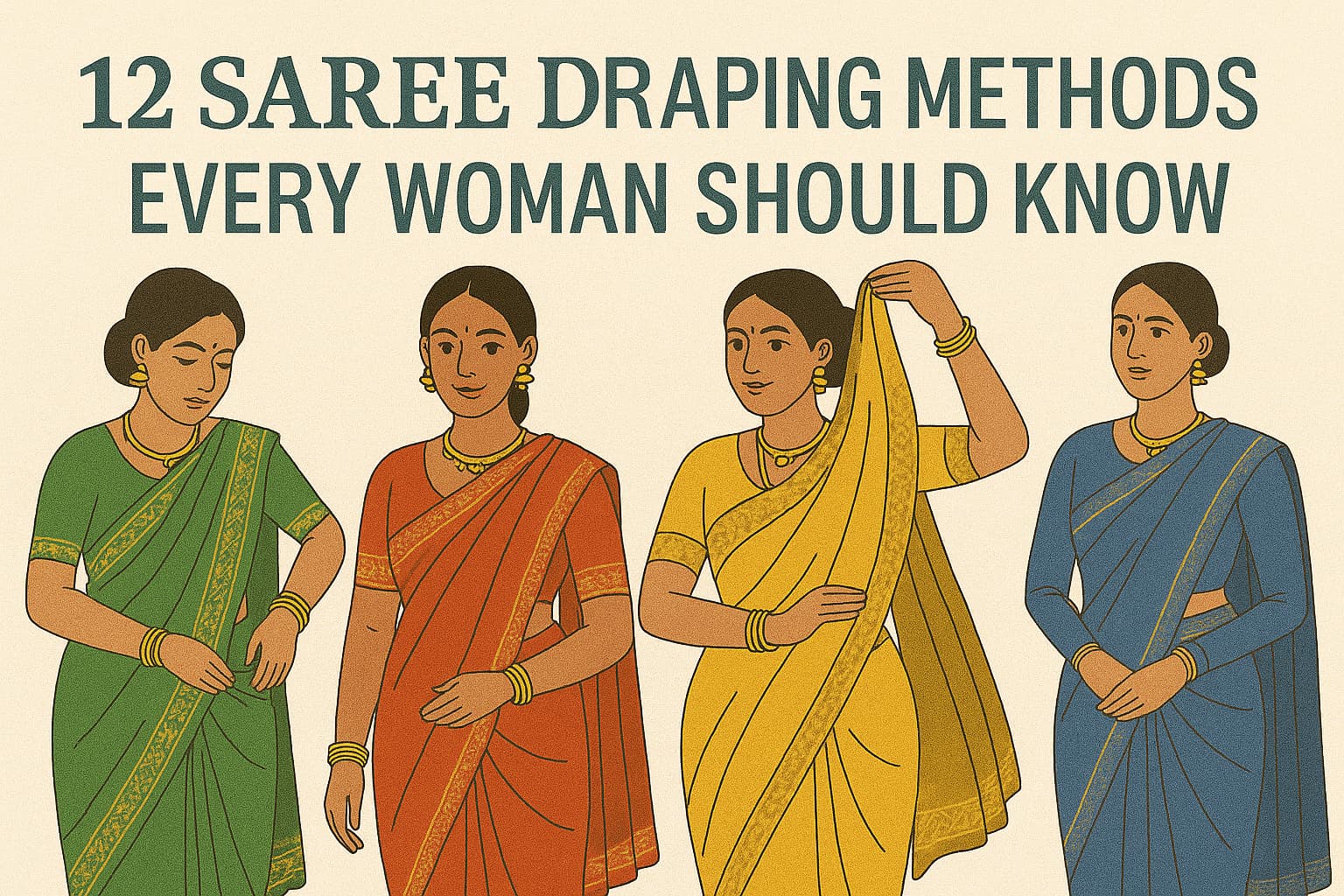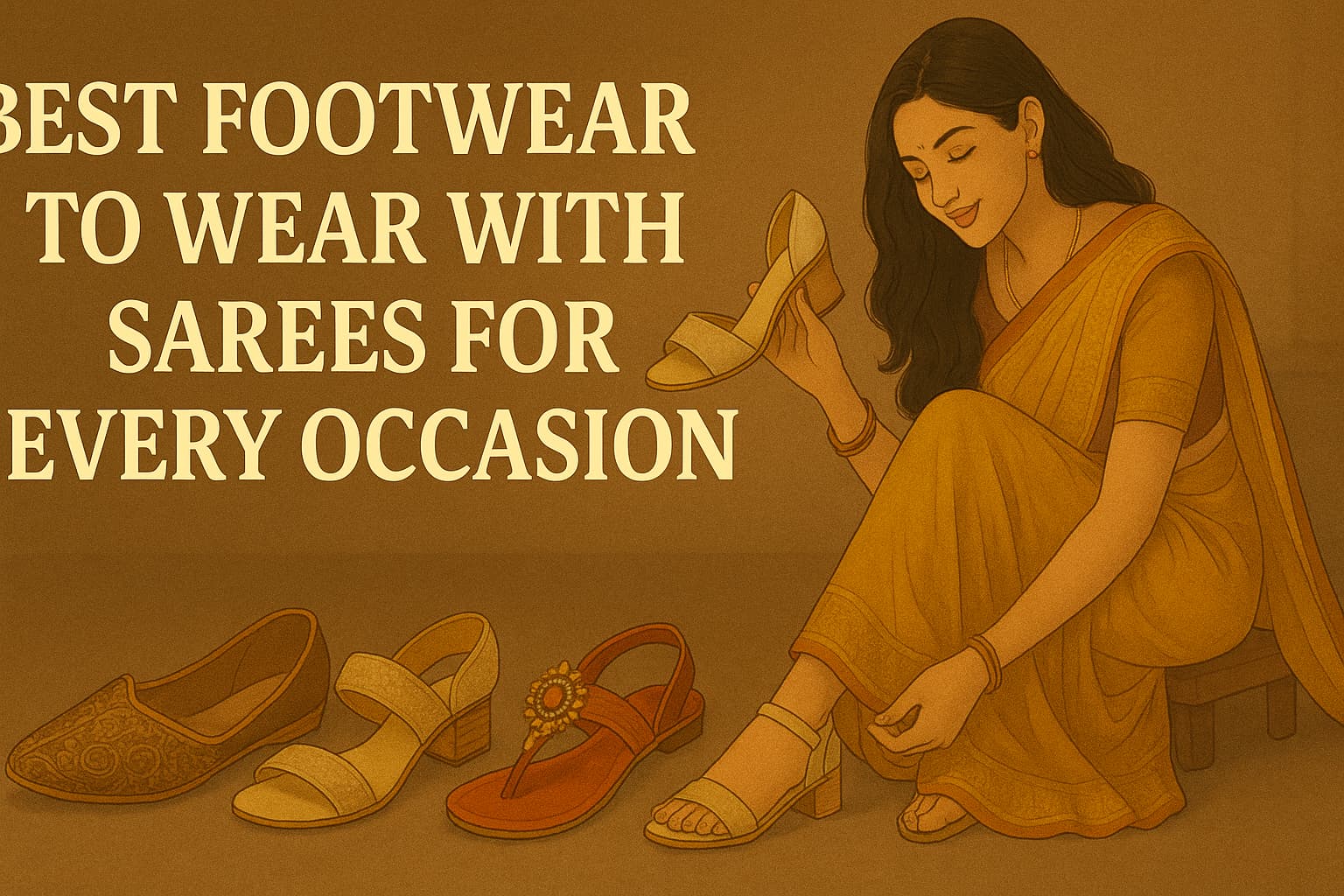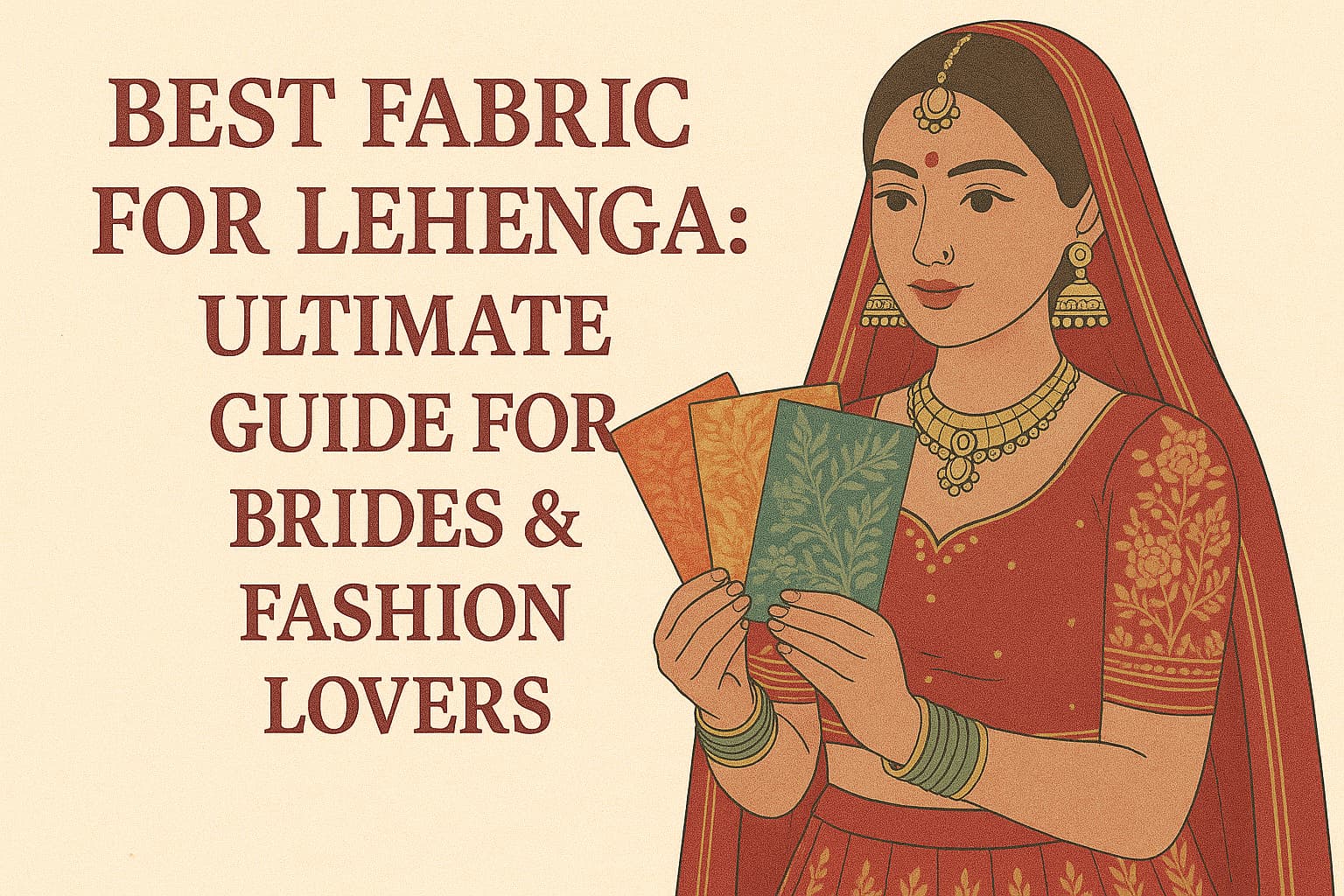
12 Saree Draping Methods Every Woman Should Know
The saree is not just an outfit—it's an emotion, an identity, and a timeless piece of Indian tradition. One of the most fascinating things about sarees is the versatility in how they can be draped. Each region, community, and occasion lends its unique style to saree draping, creating dozens of ways to express elegance.
If you're wondering how to wear a saree differently or want to embrace traditional saree styles, this guide will walk you through 12 popular saree draping methods every woman should know—with practical tips, regional origins, and styling suggestions.
1. Nivi Style (Classic South Indian Drape)
Origin: Andhra Pradesh
Occasion: Daily wear, parties, office, festive functions
The most widely adopted draping style, the Nivi drape is all about comfort and grace. The saree is pleated at the front and tucked in, with the pallu draped over the left shoulder.
Styling Tip: Add a waist belt to define the drape for a modern look.

2. Bengali Style Drape
Origin: West Bengal
Occasion: Durga Puja, Bengali weddings, traditional events
This style uses no pleats at the waist. The saree is wrapped around the body, and the pallu is wide, with one end often tied around the shoulder.
Styling Tip: Pair with a red bindi and white saree with a red border for an authentic touch.

3. Gujarati Style (Seedha Pallu)
Origin: Gujarat, Rajasthan
Occasion: Navratri, family functions
The key difference is that the pallu comes from the back over the right shoulder and spreads across the front, showcasing the fabric’s rich design.
Styling Tip: Ideal for heavily embellished sarees and bridal wear.

4. Maharashtrian Nauvari Drape
Origin: Maharashtra
Occasion: Religious rituals, festive occasions
This unique style uses a 9-yard saree, worn like a dhoti with the pallu over the shoulder. It allows free movement and has a warrior-like grace.
Styling Tip: Pair with a nose ring (nath) and traditional jewelry.

5. Tamilian Style (Madisar)
Origin: Tamil Nadu
Occasion: Weddings, religious rituals (especially among Iyer and Iyengar communities)
The saree is draped in a way that resembles both a saree and a dhoti, usually using a 9-yard saree. It’s traditional and modest.
Styling Tip: Stick to temple jewelry and traditional silk sarees.

6. Kerala Mundum Neriyathum
Origin: Kerala
Occasion: Onam, weddings
This is a two-piece saree—mundum (lower garment) and neriyathum (upper garment). It looks elegant and is mostly white with golden borders.
Styling Tip: Ideal for minimal, earthy, and gold-toned accessories.

7. Lehenga Style Drape
Origin: Modern/fusion
Occasion: Weddings, receptions, parties
Here, the saree is pleated into a skirt (like a lehenga), and the pallu is pinned like a dupatta. It’s a great option for those who want to blend traditional and modern looks.
Styling Tip: Works best with lightweight, flowy sarees like chiffon or georgette.
8. Butterfly Drape
Origin: Bollywood/fashion
Occasion: Parties, red carpet events
A stylish take on the Nivi style, the butterfly drape has a narrow pallu that accentuates the waist and midriff.
Styling Tip: Best with embellished blouses and sheer sarees.
9. Bohri Style Drape
Origin: Dawoodi Bohra community
Occasion: Cultural ceremonies
The pallu is pleated in front and then thrown over the opposite shoulder, often paired with a full-sleeved blouse.
Styling Tip: Opt for silk or brocade sarees for a regal finish.
10. Coorgi Style
Origin: Karnataka (Coorg)
Occasion: Traditional Coorg weddings
In this style, pleats go at the back and the pallu is draped over the shoulder from the back to front and pinned over the right shoulder.
Styling Tip: Ideal for cotton and silk sarees. Add a Coorg-style belt for authenticity.
11. Mermaid Style
Origin: Fashion/fusion
Occasion: Parties, fashion events
This style has no pleats at the waist, instead the saree wraps tightly around the lower body like a mermaid tail, emphasizing curves.
Styling Tip: Use lightweight, stretchy fabrics for best results.
12. Pant Style Drape
Origin: Contemporary/fusion
Occasion: Modern weddings, sangeet nights
Here, you drape a saree over a pair of fitted pants or leggings, offering a structured yet edgy appearance.
Styling Tip: Great for Indo-western themes. Add a belt and crop top blouse for bold styling.
Bonus Tips on How to Wear a Saree Perfectly
-
Pin Strategically: Use safety pins to secure your pleats and pallu, especially for events requiring movement.
-
Choose the Right Petticoat: Match fabric weight (cotton with cotton, silk with satin) for a polished drape.
-
Blouse Fit Matters: A well-fitted blouse enhances your posture and the overall look.
-
Heels First: Always wear your heels before you drape to get the length right.
Final Words
Wearing a saree is not just about fashion—it’s about storytelling through fabric. Whether you embrace the traditional saree styles of Tamil Nadu or Gujarat, or prefer a modern saree draping method like the lehenga or pant style, your drape says something about you.
Understanding how to wear a saree in different ways gives you the freedom to celebrate occasions with grace, confidence, and authenticity.
From weddings to workdays, casual brunches to cultural rituals—there’s a saree draping style for every moment. So go ahead, explore, and find the one that speaks to your style and soul.



Leave a comment
This site is protected by hCaptcha and the hCaptcha Privacy Policy and Terms of Service apply.